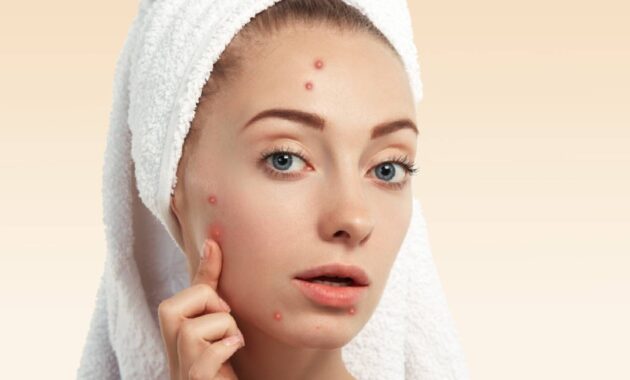While it might be tempting to pop a blister, it is important to understand how do it at the right time, in the right way.
Fluid filled, raised bubble-like structures are called blisters that often appear on our skin. They are generally under the first layer of the skin and might be filled with pus, blood or clear liquid. While some of them are painful, all of them are uncomfortable, making it very tempting to pop a blister. However, before you think of ways to pop a blister, it is important to understand that this might not be the right course of action.
If you really have to pop a blister, there are certain ways to do it to avoid infections or further complications. Health Shots gets your all the answers from dermatologist Dr Priyanka Kuri.
What is a blister?
A blister is a small fluid-filled pocket in the skin. It is formed due to friction, burns, or infections. “While anyone can get blisters, infants and young children may be more prone due to delicate skin and inability to communicate discomfort when it comes to friction, whereas older adults may have increased risk due to factors like reduced skin elasticity. Friction, heat, cold, chemicals, and infections are common causes of blisters,” explains Dr Kuri.

Should you pop a friction blister?
Friction blisters result from repeated rubbing or pressure, while burns, extreme cold, chemical exposure, and certain infections can also lead to blister formation. “Generally, it is not a good idea to pop blisters. Doing so can lead to infections and make things worse. Blisters usually pop up when your skin has been rubbed too much or it has been exposed to heat, cold, or chemicals. Popping blisters also increase the risk of infection and delay the healing,” says Dr Kuri.
Also Read: Skin lesions: What causes this skin condition and how to treat it
Also Read

Instead of popping a blister, the best course of action is to keep the blister clean and protected to prevent further irritation. “If the blister is causing discomfort or pain, you can cover it with a bandage or blister pad to reduce friction and allow it to heal on its own. If the blister pops on its own, clean it gently with soap and water, apply an antiseptic ointment, and cover it with a bandage to protect it from infection,” says Dr Kuri.
What is a blood blister, and should you pop it?
Blood blisters happen when blood vessels break under your skin, and it’s best to leave them alone. “They are like a natural bandage, protecting the skin underneath. Popping blood blisters can increase the risk of infection and prolong the healing,” says Dr Kuri. If left intact, the outer layer of skin can act as a natural barrier against infection.
Can you pop a fever blister?
Fever blisters, or cold sores, are caused by a virus. Popping them can spread the virus and make things worse. Let them heal on their own, and maybe try some over-the-counter creams to help, suggests Dr Kuri. Bursting a fever blister can increase the risk of spreading the virus and causing further irritation or infection. “The cause of fever blisters is herpes simplex virus and these generally surface around lips or mouth. Popping a fever blister can release the fluid containing the virus, which may lead to the virus spreading to other areas of the skin or to other people,” adds Dr Kuri.

How can you pop a blister safely?
Although popping a blister should be avoided at all costs, if it is causing you a lot of pain, and you absolutely need to, here’s what you should do:
- Wash your hands really well
- Clean the blister and the area around it
- Carefully poke a small hole near the edge of the blister with a sterilized needle
- Gently press to let the fluid out, clean the area again,
- Apply some antiseptic and cover it with a bandage.
How to check if a blister is infected?
One can make out if the blister is infected based on the look, colour and size of the blister. Look for increased pain, redness, swelling, or warmth around the blister, which may indicate inflammation. If the blister leaks yellow or greenish fluid, contains pus, grows in size, or if you develop a fever, it is most likely infected.
Select Topics of your interest and let us customize your feed.
PERSONALISE NOW
When should you absolutely not pop a blister?
It is best to avoid popping blisters, especially if they are small and not bothering you too much. Also, blisters on your hands or feet can easily get infected, so leave those alone. “If you have diabetes or a weak immune system, it is even more important to avoid popping blisters without talking to a doctor first. If you have got a big blister or one that is really deep, it is best to let a professional take care of it,” says Dr Kuri. When blisters result from burns or chemical exposure, they serve as a protective barrier, and popping them could delay healing and increase the risk of infection.
#pop #blister #safely #making #worse
